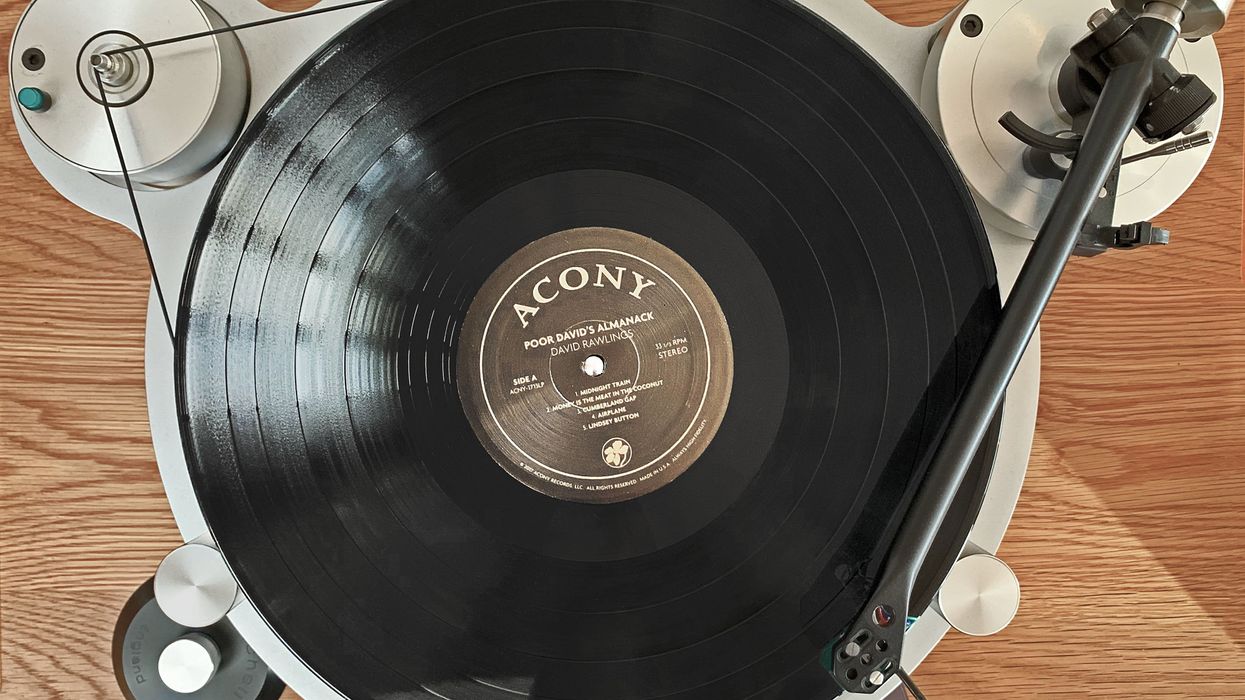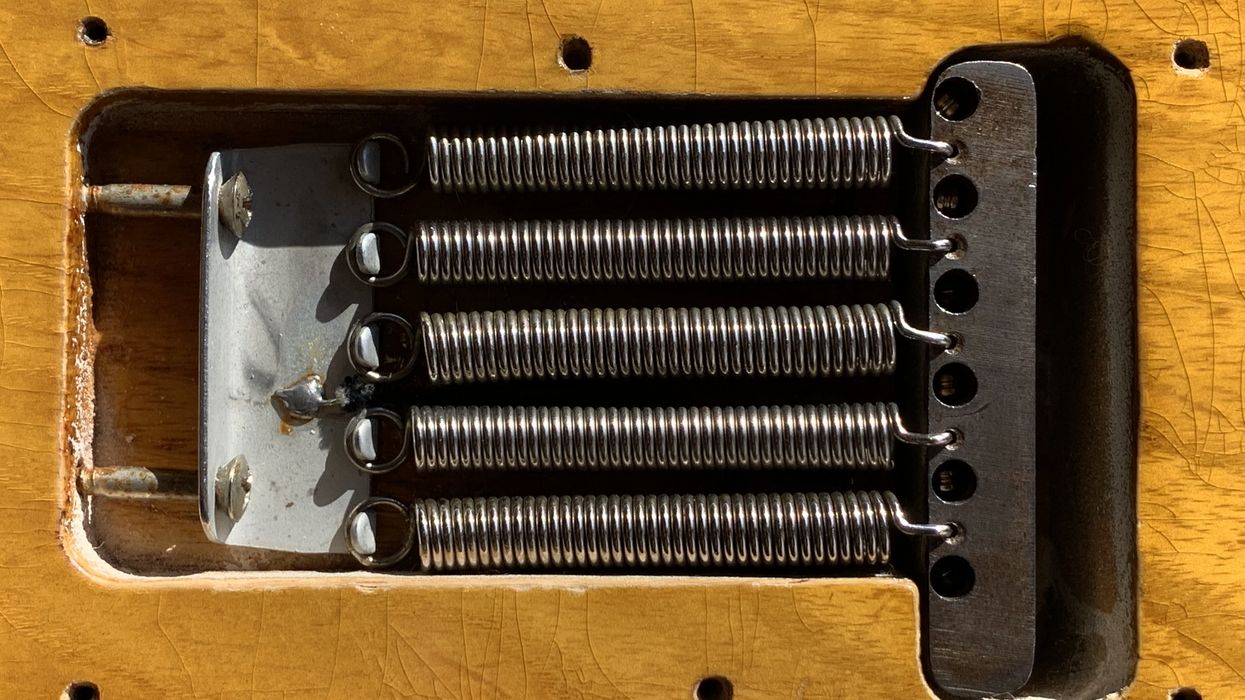We’re all here for one thing. It’s the singular sound and magic of the stringed instrument called the guitar—and its various offshoots, including the bass. Okay, so maybe it’s more than one thing, but the sentiment remains. Even as I write this, my thoughts fan out and recognize how many incarnations of “guitar” there must be. It’s almost incomprehensible. Gut-string, nylon-string, steel-string, 12-string, 8-string, 10-string, flatwound, brown sound, fuzztone…. It’s almost impossible to catalog completely, so I’ll stop here and let you add your favorites. Still, there’s one thing that I keep coming back to: clean tone.
I’ve had the luck and good fortune to work in the studio with Robert Cray, and it was the first time I watched how a human being could split the atom with tone so pure that you could feel it in your blood, not just your gut. It’s a piercing voice like heaven’s glass harmonica. Now, I’ve had fellow musicians turn up their noses when Cray is mentioned, but that’s their problem. I love a saturated guitar—my Analog Man King of Tone cranked way up high in the clouds—but it’s a power trip. I know it’s scarier to get it right when down low and tight. Fearless Flyers tight.
It’s not that I don’t like distortion. I’ve chased saturated and singing sustain all my guitar life. I’ve experienced it all, from big amps with quads of Mullard bottles glowing brightly as they approached meltdown, to tweed combos turned up to a sagging and farting 12. There have been racks full of effects piled upon effects—hushing, squashing, squeezing, chorusing, echoing, and expanding my guitar’s output like some Lego sound transformer. The good, the bad, and the relatively unknown. I even tried building my own amp line with a friend when I was 17 years old just to get what I heard in my head. But when I’m honest with myself, the stinging clean sounds of guitar strings are what move me the most.
When I started playing guitar, clean was about all you could get. If an amp started to distort or feed back, we worried that the amp might burst into flames.
When I started playing guitar, clean was about all you could get. If an amp started to distort or feed back, we worried that the amp might burst into flames. I didn’t understand how it worked, but I learned fast. The instruments didn’t ignite, but the sound did. That buzzing, clipping tone hid all my bad finger technique, and I was on my way, squealing and spitting fire from the speakers. The neighbor lady complained to my parents, so, clearly, I was doing something right. It was the power I was looking for in my young life. Clean tone was a thing of the past; long live the square wave on the throne of 16 speakers piled high above the stage.
Many of us have clamored for that thick distorted sound we’ve heard on records and in concerts. Guitarists still curate their collections based upon the building blocks we all discovered during our formative years. It started on the early rock ’n’ roll recordings, when small combo amps got turned up loud to compete with the horns. Bluesmen dimed their amps on Chicago’s Maxwell Street to be heard down the block—good for business. The Brits cranked it up a notch and we players took notice. To some degree, clean was being pushed out. Then, in 1978, “Sultans of Swing” and “Roxanne” came clean. Alongside the slow burning rise of metal, the chiming clarity of the guitar returned to the fray. I’m not trying to build a definitive timeline history of popular guitar sounds here. I’m just merely acknowledging that they ebb and flow. But I always come back to clean.
Even the apex of thick, fat, beefy tone—the PAF humbucker—was and is built for bold hi-fi tone. Its shimmering, articulate clean highs are often lost on period recordings or lousy playback systems. If you doubt it, listen to Michael Bloomfield’s piercing tone on “Albert’s Shuffle” found on the Super Session album. His contemporary, Peter Green, also made extensive use of the clean tones available from his PAF-loaded axe on seminal Fleetwood Mac recordings. Humbuckers can play sweet and clear. It’s worth contemplating that some of the most revered guitar sounds ever committed to record were, in fact, cleaner than we remember. Don’t even get me started with country music.
A lot can be said about practicing guitar with a frighteningly clean sound. Strip away the fuzz and echo and bask in the glory of that stringy, popping, slicing tone that will reward your progress but punish your carelessness. Even after all these years, I’m a sloppy player. But getting it right when all the distortion is put back in the toy box is a scintillating high you can be proud of. It’s just a different addiction. The best part is that when you dial up the dirt again, it feels like flying.
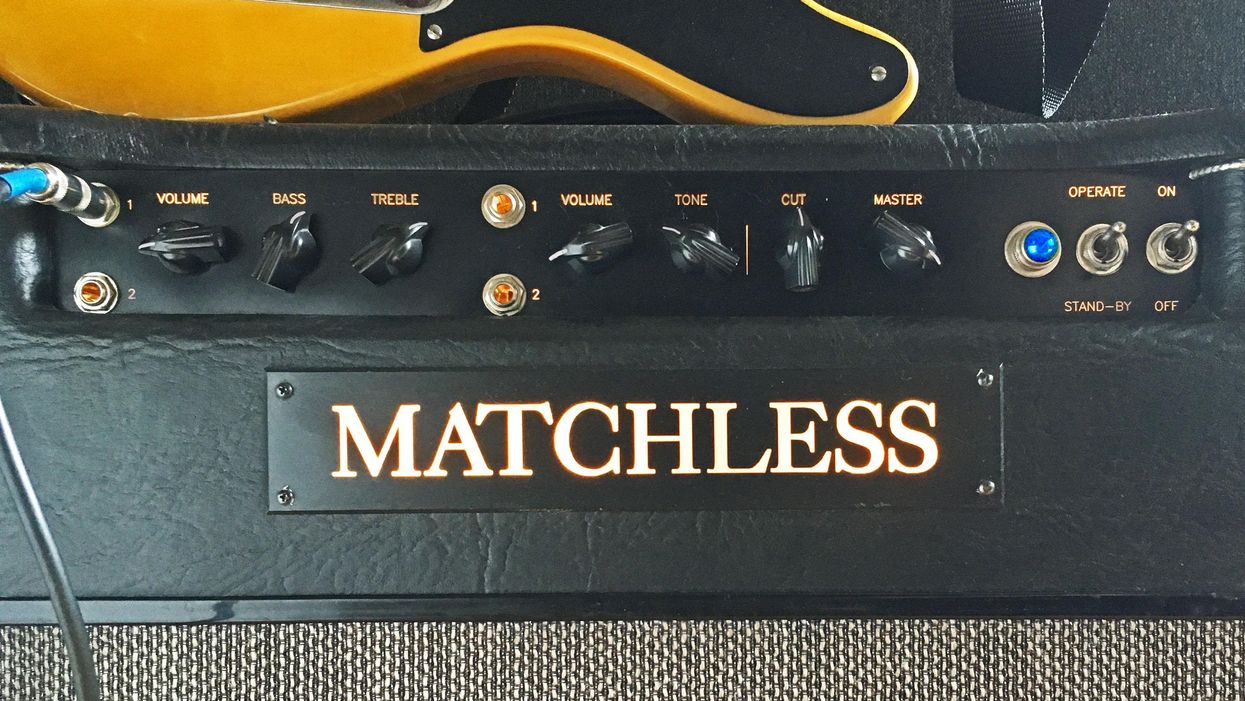


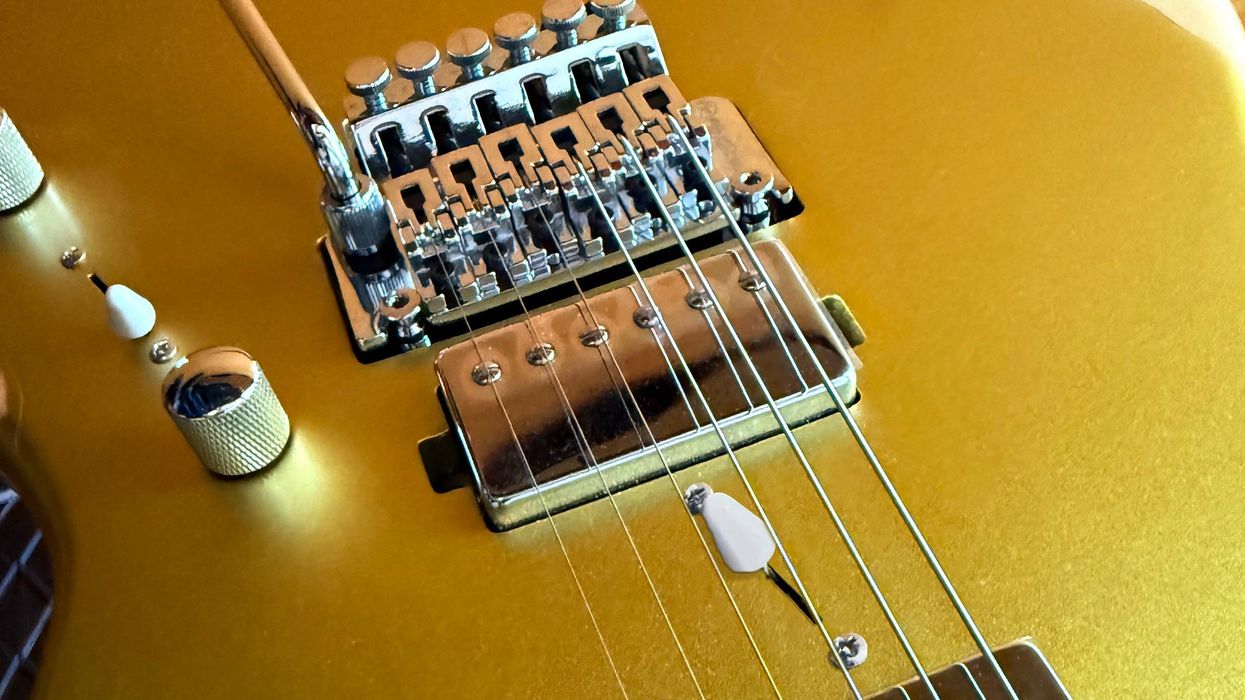
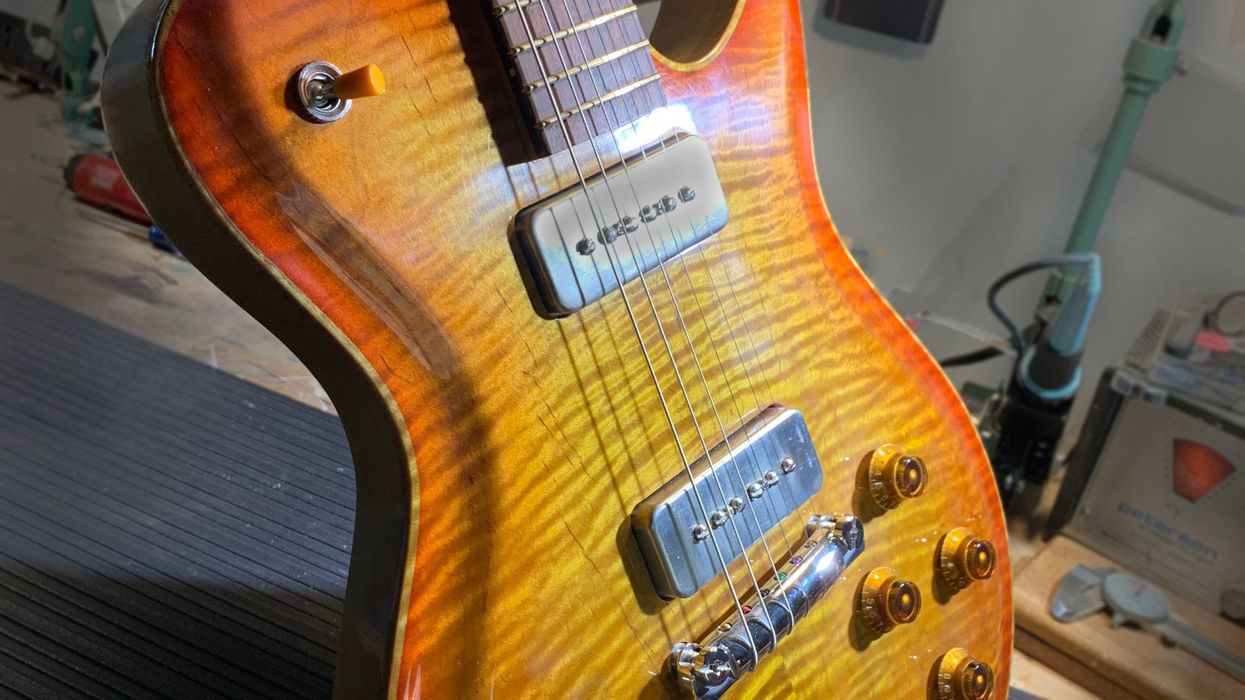
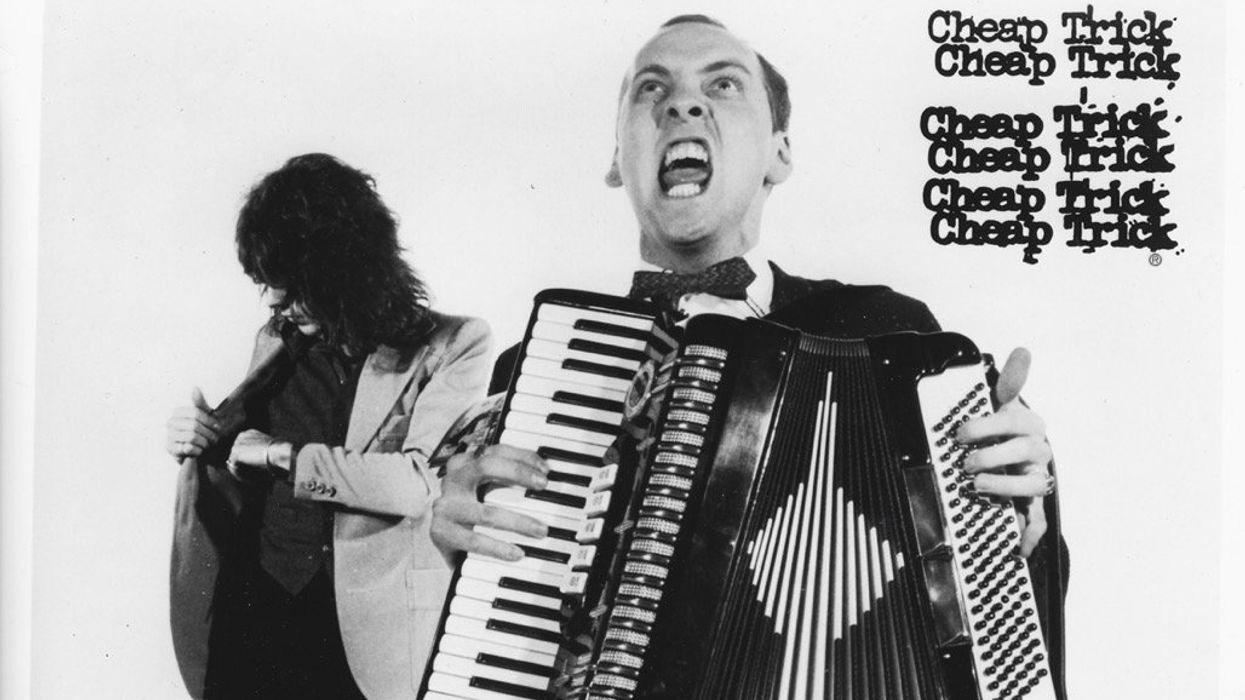
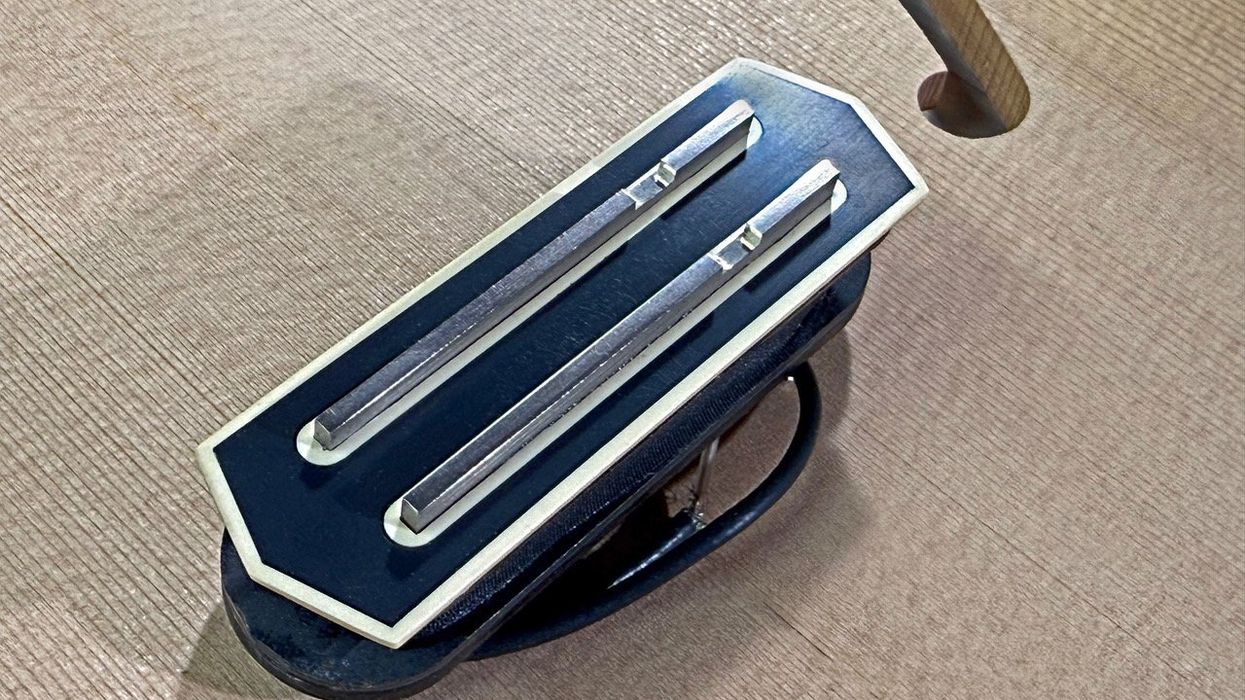
![Devon Eisenbarger [Katy Perry] Rig Rundown](https://www.premierguitar.com/media-library/youtube.jpg?id=61774583&width=1245&height=700&quality=70&coordinates=0%2C0%2C0%2C0)






